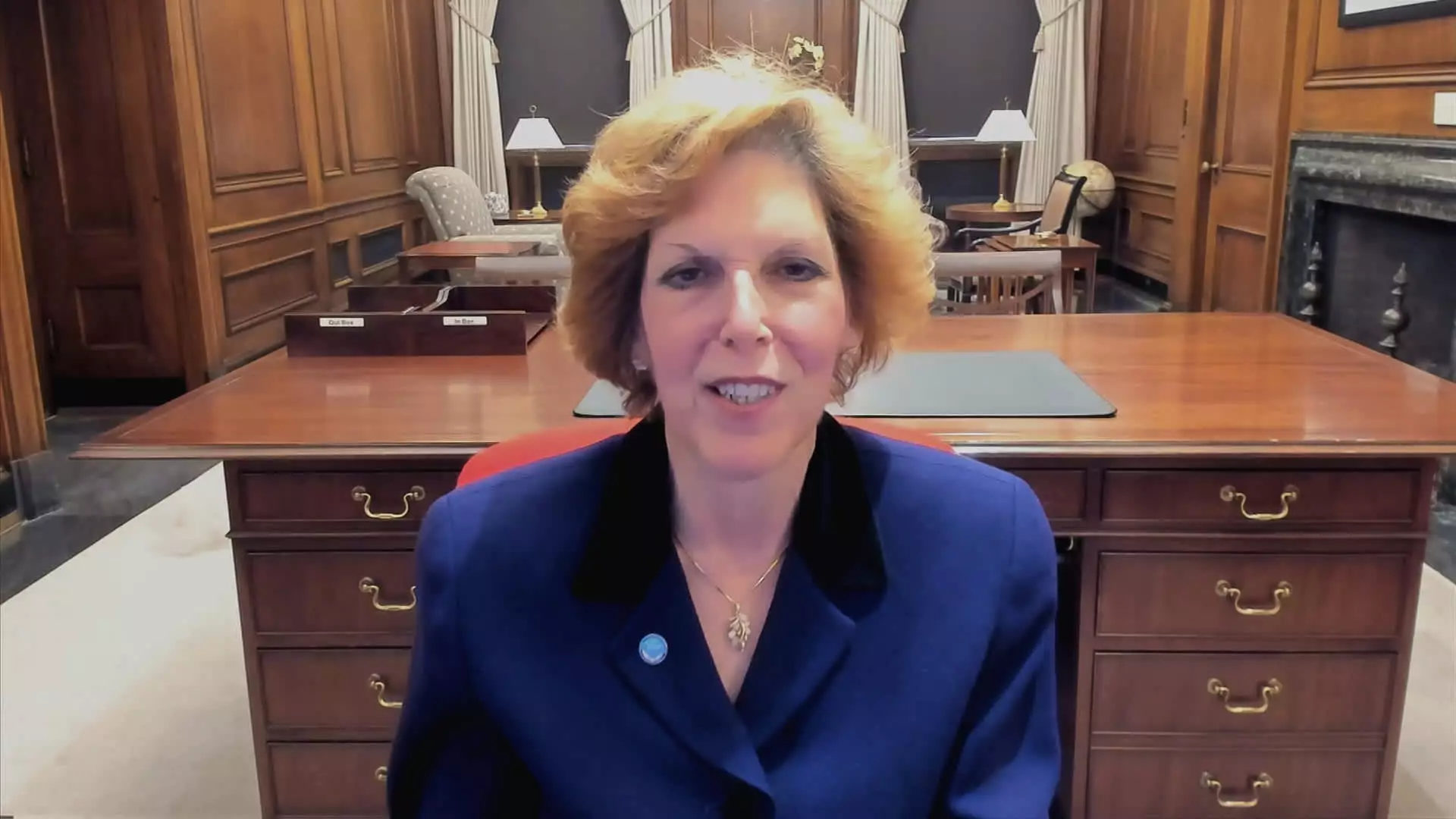In a recent statement, Cleveland Federal Reserve President Loretta Mester suggested that interest rate cuts are still on the horizon for this year. However, she made it clear that the upcoming May policy meeting will not be the time for such a move. Mester’s perspective was echoed by San Francisco Fed President Mary Daly, who also expressed anticipation for rate cuts in the near future, pending further evidence of subdued inflation.
Both Mester and Daly seem to agree that the long-run path for interest rates may be higher than previously anticipated by policymakers. Mester specifically mentioned that she sees the long-run federal funds rate exceeding the longstanding expectation of 2.5%, with the neutral rate projected at 3%. This suggests that the policy rate might need to be higher to strike a balance between being stimulative and restrictive.
Factors Affecting Rate Decisions
Throughout the statements made by Mester and Daly, one clear theme emerged – the importance of data in determining the timing and extent of any rate cuts. The officials emphasized the need for more evidence regarding inflation progress and economic growth before committing to any specific actions. Daly pointed out that while three rate cuts this year might seem like a reasonable baseline, nothing is set in stone, and projections should not be misconstrued as promises.
Market Expectations and Speculation
Market analysts and futures traders have been closely monitoring the statements from Federal Reserve officials to gauge potential rate movements. The general consensus seems to be that the Fed might begin easing rates as early as June, with expectations of a three-quarter percentage point cut by the end of the year. However, the uncertainty surrounding the timing and magnitude of these cuts remains, given the need for additional economic data.
Mester highlighted the challenges faced by the Fed in setting policy rates, especially in light of the economic impact of the Covid pandemic. With rates at historically low levels when the crisis hit, the Fed had limited flexibility in terms of boosting the economy. Moving forward, Mester emphasized the need for a calibrated approach to policy adjustments, avoiding the necessity for drastic measures due to unexpected economic developments.
The statements by Federal Reserve Presidents Mester and Daly provide valuable insights into the current thinking of policymakers regarding the future of interest rates. While expectations of rate cuts persist, the timing and extent of these actions remain contingent on a variety of economic factors. As the Fed continues to monitor inflation progress and economic growth, market participants will be eagerly awaiting further guidance on the potential trajectory of interest rates in the coming months.


Leave a Reply